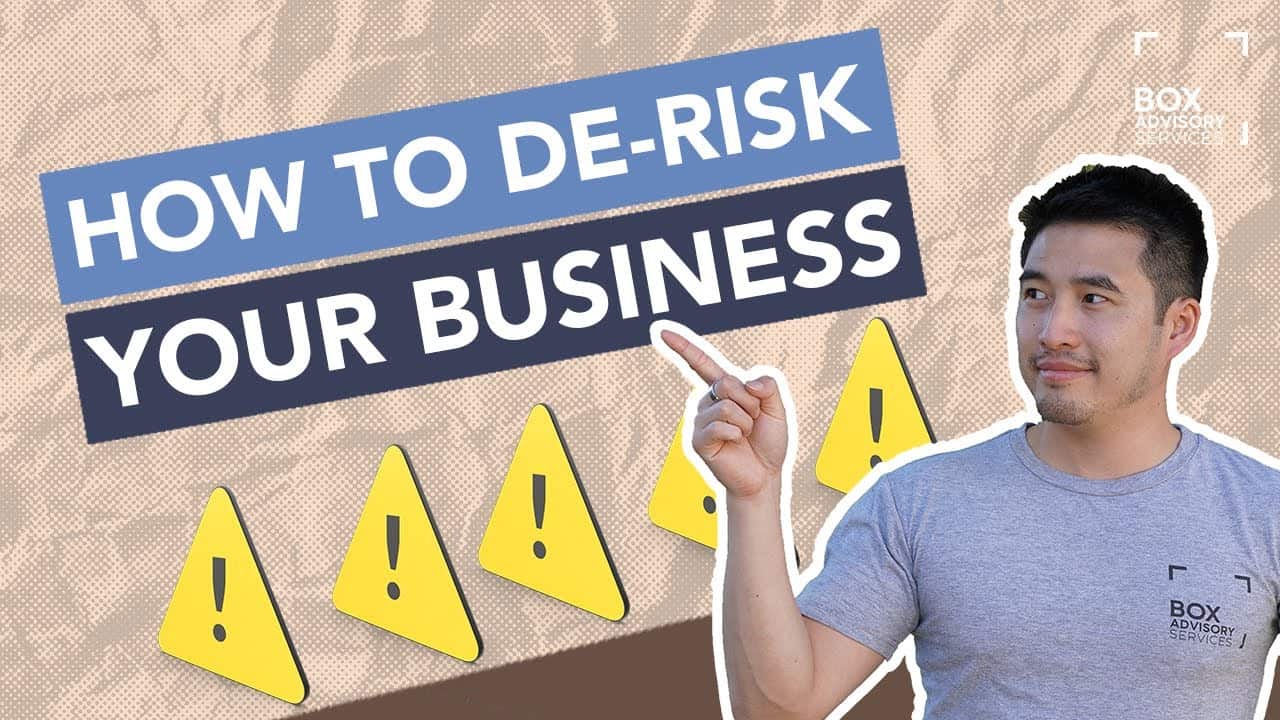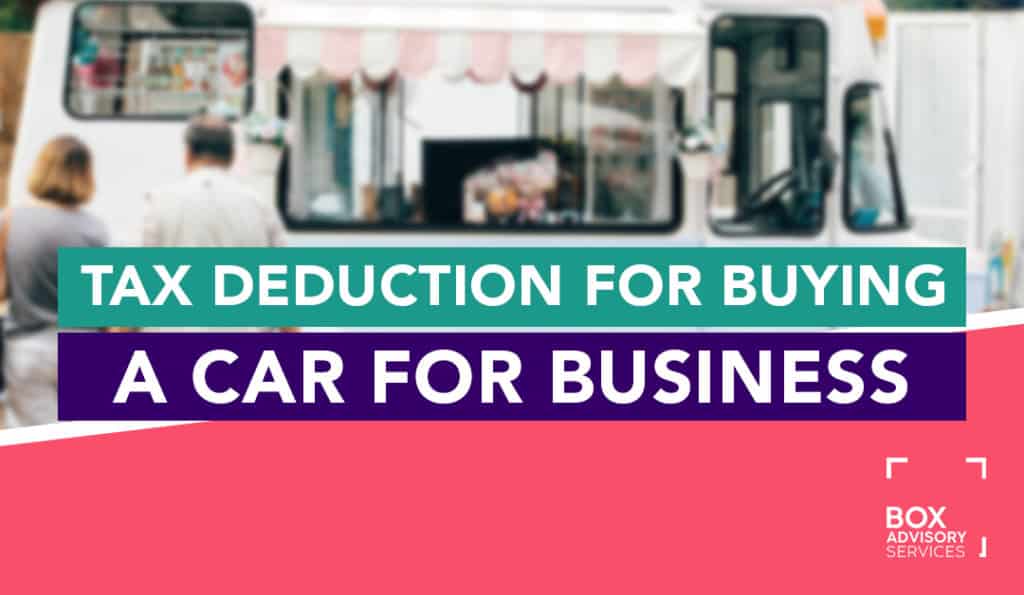
BY
|
Business Risk Management: 5 Essential Ways to Reduce Business Risk
It’s never too early to have business risk management processes in place.
No matter the size of your business, it’s important to identify where the potential pitfalls exist within your business that can put not only your profits at jeopardy but your entire business’ existence.
When I first started my business, this was extremely high up on the list of things I wanted to address first. Every business is different and there are many things to consider. However, there are common threads across the majority of businesses to consider when wanting to minimise risk for your business:
1. Internal Stakeholders
These include your customers, contractors and employees that can be affected by (a lack of) business risk management.
2. Business Processes
These include the operations, collection of income.
Analyse what processes you have in place that are the weak links that could expose you to additional risk. It’s good to tighten these up and ensure you have an ability to reconcile against anomalies or be able to identify risks as they arise.
What’s Involved in Business Risk Management
Insurance – There are wide-ranging options for business insurance from industry to industry, however, the bottom line is that you should have insurance to protect all aspects of your business. For example, having insurance for your equipment is extremely important. If your equipment goes down, so can potentially your entire business.
Contracts – Ensure you have signed contracts to clarify each party’s responsibilities, obligations and agreements. These can range from employee contracts right through to supplier contracts. This avoids messy disputes and disagreements should the relationship sour.
Standard Operating Procedures – Process manuals or Standard Operating Procedures (SOPs as they are commonly known) are important in ensuring that should you have employees who leave the business, that the incoming new employees can pick up where they left off. This minimises disruption to the business and avoids what is commonly known as “brain drain” within a business.
Emergency Cash – Having cash reserves for a “rainy day” is important for small businesses. It’s important to accept that business profits are not linear and so when the business is experiencing a downturn, it’s incredibly practical to have enough cash to get you through this rough patch. Accepting additional cash offers from the bank is very useful. What’s ironic is that the banks are more likely to offer you additional funding when you need it the least, usually during a period of great business growth. Setting up an overdraft on your bank account is something that would be advantageous to many small businesses to ensure that you can make ends meet and continue to operate.
Evaluate your Collection of Income – Assess whether you have payment terms set-up. Ensure you investigate how your business is being paid and whether it is the best possible arrangement for your business. Have direct debits been sent up? Do you have a progressive payment plan with your customer or client? Are you being paid on time within your 30 or 60-day terms? With the continual growth of technology particularly in payment software, it’s becoming increasingly easier for businesses to be paid in a quicker and more efficient manner. Having these payment facilities in place is very helpful in de-risking your business further.
You might also like our article: What is Professional Indemnity Insurance? A Must For Your Business
Conclusion
Of course, this is not an exhaustive list in business risk management but for a small business, these are the prevailing themes to the majority of businesses that can benefit in reducing any potential weaknesses that can spell the end of their small business. What’s important to understand is that small businesses feel the effects of changes to their business operations much more strongly compared to larger companies.
The impact is generally magnified and can carry a lot more weight in destroying a business if appropriate measures are not put in place to protect the most critical parts of the business. As your business continues to grow, it’s essential to continue to re-evaluate these risks to ensure that you are staying on top of things. If you’re in doubt and believe that a certain aspect of your business is at risk but you’re not sure what you can do to address this, speak to an experienced accountant who can provide you with the right advice.
Disclaimer:
Please note that every effort has been made to ensure that information provided in this guide is accurate. You should note however, that the information is intended as a guide only, providing an overview of general information available to contractors and small businesses. This guide is not intended to be an exhaustive source of information and should not be seen to constitute legal or tax advice. You should, where necessary, seek your own advice for any legal or tax issues raised in your business affairs.




